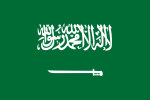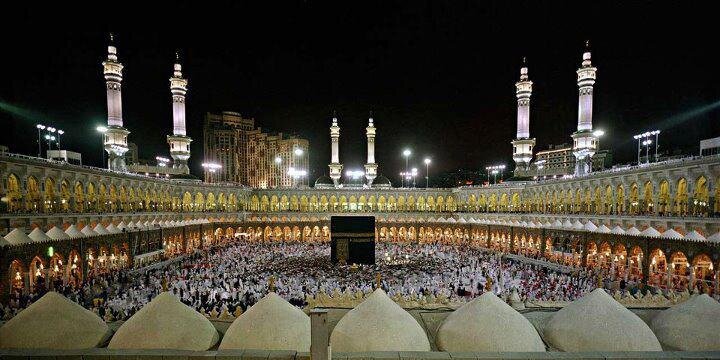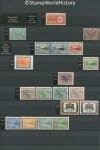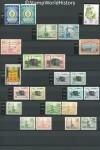السعودية

Saudi Arabia
Quick reference
General issues: Kingdom 1932-Present
Country name on general issues: Arabie Soudite, Arabie Saoudite, Saudi Arabia, SAK, SA, KSA
Currency: 1 Sovereign = 10 Riyal = 110 Guerche 1932-1952, 1 Sovereign = 40 Riyal = 440 Guerche 1952-1960, 1 Riyal = 20 Guerche (Piaster) = 100 Halalah 1960-Present
Population: 2 439 000 in 1932, 28 830 000 in 2013
Political history Saudi Arabia
Saudi Arabia is located on the Arabian peninsula in western Asia. The kingdom of Saudi Arabia is the successor to the kingdom of Hejaz & Nejd. The emirate of Nejd is founded in 1902 by the Saud dynasty. The emirate is proclaimed a sultanate in 1921. From its base in Riyadh, the sultanate, in the 1920’s and 1930’s, conquers a large part of the Arabian peninsula: the Al Hasa region from the Ottoman Empire, the emirates of Jabbal Shamar and Jawf, the Najrah region from Yemen and the emirate of Asir, that shortly before had gained independence from the Ottoman Empire. Possibly the most important conquest is the kingdom of Hejaz in 1925 – until 1916 part of the Ottoman Empire – leading to the establishment in 1927 of the kingdom of Hejaz & Nejd that, as such, gains international recognition. In 1932, the name of the kingdom is changed to Saudi Arabia.
The borders in the north, with Iraq, Jordan and Kuwait – at the time all under British rule – are defined in the 1920’s, albeit that with both Iraq and Kuwait neutral zones are established to be negotiated at a later time. It will take until 1970 when an agreement is reached with Kuwait, Iraq to follow in 1981. The border with Jordan is adjusted in 1965, Saudi Arabia gaining territory inland, Jordan gaining a wider access to the Red Sea.

Ka’aba, Mecca
The borders in the south lie largely in the ‘Rub al Khali'[1]‘Empty Quarter’ , the largest sand desert in the world. These borders are not defined until the late 20th and early 21st century. The border with Oman in 1990, that with Yemen in 2000. The borders with Qatar and the United Arab Emirates have been agreed upon in 1974 but have yet to ratified.
Saudi Arabia is an absolute monarchy. Although it once was one of the least developed countries in the world, the vast oil resources discovered, since the 1930’s, have made Saudi Arabia the largest oil exporting country in the world and an important regional power.
Postal history Saudi Arabia
In those parts of Saudi Arabia that were once part of the Ottoman Empire – Al Hasa, Asir, Hejaz – Turkish stamps have been used until these parts were conquered by Nejd – Al Hasa – or became independent – Asir and Hijaz. Hejaz subsequently issued stamps from 1916. The sultanate of Nejd issued stamps from 1925. Both in Hejaz and Nejd these issues were, in 1927, superseded by the issues of the kingdom of Hejaz & Nejd. Saudi Arabia has issued stamps from 1932.
Album pages
← Previous page: SarawakNext page: Sharjah →






